What is different between Hydrodermabrasion device and Hydrafacial
While they may appear similar at a glance, their underlying technologies, treatment philosophies, and business models are markedly different. For skincare professionals and clinic owners, understanding these differences is essential when deciding which system to invest in or recommend to clients. This article offers a comprehensive comparison of Hydrodermabrasion devices versus the Hydrafacial system, covering everything from core mechanisms and customization to brand influence and cost structure.
Learn more:
https://www.djmimoreme.com/hydrafacial-vs-hydrodermabrasion-which-is-better-for-your-skin
1.What Should You Know About Hydrodermabrasion vs. Hydrafacial?
Hydrodermabrasion is a gentle exfoliation treatment that uses a combination of water, oxygen, and vacuum suction to cleanse and hydrate the skin. It’s suitable for sensitive or acne-prone skin and is often integrated into multi-functional facial machines offering features like oxygen spray, RF tightening, or ultrasound therapy.
Hydrafacial, on the other hand, is a patented, branded treatment that builds on similar fluid-based exfoliation but enhances it with its exclusive Vortex-Fusion® technology. It combines cleansing, extraction, and serum infusion in a standardized three-step process, often customized with boosters or LED therapy. Available only through certified providers, Hydrafacial offers a consistent, high-end experience favored by professional medspas.
In short, while both treatments aim to improve skin clarity and hydration through non-invasive methods, Hydrodermabrasion is flexible and machine-dependent, whereas Hydrafacial delivers a trademarked protocol with medical-grade precision and branding.
Learn more:
https://www.djmimoreme.com/how-often-should-you-use-a-hydrodermabrasion-device-a-complete-guide
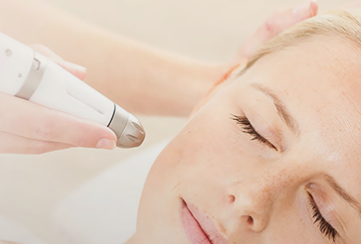
2.Key Differences Between Hydrodermabrasion Devices and Hydrafacial
|
Feature |
Hydrodermabrasion Device |
Hydrafacial System |
|
Ownership |
Open technology, made by various brands |
Patented brand, authorized devices and consumables only |
|
Core Technology |
Water-oxygen spray + vacuum suction |
Vortex-Fusion® (spiral fusion technology) |
|
Consumables/Essences |
Flexible use of skincare products |
Uses exclusive branded serums, higher cost but consistent |
|
Price & Accessibility |
More affordable, suitable for small to mid-size salons |
High investment, designed for premium medspas and clinics |
|
Customizability |
Multi-functional (e.g., RF, ultrasound, cold spray, etc.) |
Standardized process, limited serum options |
|
Brand Recognition |
Lower, depends on the provider’s brand |
Strong brand appeal, helps attract high-end clients |
2.1 Technology and Ownership
Hydrodermabrasion machine is built on non-exclusive, publicly accessible design principles. Without patent restrictions, countless manufacturers have entered the market, resulting in a wide variety of machines—some focused on affordability, others on feature-rich systems. This open ecosystem encourages competition and innovation, providing salons and clinics with more freedom in selecting devices that suit their treatment styles, budgets, and clientele preferences. However, such diversity comes with trade-offs: inconsistency in build quality, lack of unified maintenance standards, and unpredictable performance across brands.
By contrast, the Hydrafacial platform is a proprietary system developed and protected by The HydraFacial Company. Every unit is manufactured under strict internal standards, and only licensed professionals who complete official training are authorized to offer the treatment. This ensures a tightly controlled ecosystem where hardware, software, and consumables are fully integrated. While this standardization enhances reliability and user experience, it also limits flexibility in terms of customization and provider independence.
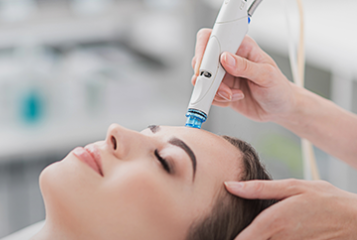
2.2 Core Mechanism
Hydrodermabrasion facial operates through a synergy of water-based exfoliation and vacuum suction. Oxygen-enriched fluids are applied to the skin under pressure, gently dislodging surface impurities, dead cells, and sebum. The debris is then removed using a suction mechanism, leaving the skin cleaner and more receptive to subsequent treatments. The process is inherently gentle, making it particularly beneficial for delicate or inflammation-prone skin, while also suitable for regular maintenance of normal skin types.
Hydrafacial, on the other hand, integrates multiple actions into a single, continuous flow using its patented Vortex-Fusion® technology. The treatment tip generates a cyclonic effect that simultaneously lifts away impurities and infuses active ingredients deep into the skin layers. This dual-action approach enhances product absorption and ensures that the therapeutic components—hydrators, antioxidants, peptides—are effectively delivered where they’re needed most. The result is a more intensive, targeted outcome that appeals to clients seeking visible improvements after a single session.
2.3 Consumables and Serums
Hydrodermabrasion machines typically allow open-ended product usage. Whether using commercial skincare lines or in-house formulations, practitioners have full control over which serums to pair with the treatment based on client-specific needs. This level of customization supports diverse skin types and concerns—such as pigmentation, dehydration, or congestion—without being tied to a single supplier. It also enables clinics to adjust treatment costs dynamically, making services more scalable.
Hydrafacial takes a closed-loop approach. Only authorized, branded serums and boosters may be used, each pre-formulated to match treatment protocols. While this limits the operator’s ability to personalize product combinations, it ensures that ingredient integrity, concentration, and interaction with the device remain precisely controlled. This uniformity guarantees repeatable results across sessions and locations, but at the cost of higher per-treatment expenses and reduced flexibility for practitioners who wish to incorporate other skincare philosophies or brands.
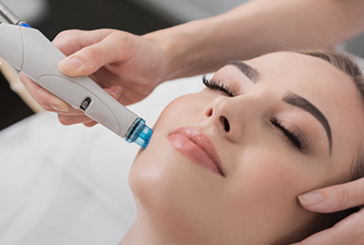
2.4 Customization and Functionality
Modern hydrodermabrasion devices are rarely limited to a single function. Many come integrated with technologies such as radiofrequency (for collagen stimulation), electroporation (to improve transdermal delivery), ultrasound (for active ingredient diffusion), cryotherapy, or oxygen spray infusions. This multi-modality approach allows therapists to layer treatments and address multiple concerns within a single session, adapting in real time to a client’s changing skin condition or long-term care plan.
Hydrafacial, by design, adheres to a three-stage structure—each with defined steps and corresponding serums. While add-ons like LED light therapy and lymphatic drainage are available, these remain auxiliary rather than customizable components of the primary sequence. The structured workflow is ideal for consistency-focused clinics but may not accommodate the depth of personalization offered by multifunctional platforms. For professionals who prefer a hands-on, adaptive approach, Hydrafacial’s rigidity might feel limiting.
2.5 Cost and Accessibility
From an investment perspective, hydrodermabrasion machines present a lower barrier to entry. Machines are available across a wide price range, and since users can independently source skincare products, recurring costs can be optimized. This makes it a practical option for independent aestheticians, boutique spas, or businesses seeking to expand their facial service offerings without taking on significant financial risk.
Hydrafacial represents a more premium commitment. Beyond the initial cost of the device, providers must also invest in branded consumables and undergo official training. These requirements naturally limit the system’s accessibility to businesses with higher operational budgets—typically upscale medspas, dermatologist-run clinics, or luxury hospitality establishments. However, the return on investment is often justified by the system’s strong brand appeal, allowing providers to command premium pricing and attract clientele willing to pay for consistency and reputation.
2.6 Branding and Market Perception
Hydrodermabrasion facial, while effective, is more of a treatment category than a unified brand. Clients rarely request it by name, and its success often hinges on the provider’s expertise, equipment quality, and local word-of-mouth reputation. This opens the door for unique treatment branding and personalized service experiences—but also demands more effort in client education and trust-building.
Hydrafacial, in contrast, is a globally recognized skincare brand with extensive consumer-facing marketing. Clients frequently seek it out by name, viewing it as a standardized, high-end solution akin to Botox or chemical peels. For providers, this brand equity reduces the burden of client acquisition and allows for clear positioning in a competitive skincare market. For clients, it offers a sense of trust, safety, and assurance—knowing they’ll receive a predictable experience wherever they go.
Learn more:
Conclusion
Both Hydrodermabrasion and Hydrafacial offer effective, gentle skin resurfacing solutions, but they cater to distinctly different needs and business models. Ultimately, the right choice depends on your treatment goals, target market, and business vision—whether you prioritize innovation and freedom, or structure and reputation.
Table of Contents
Related information
How can we help you?
Have specific questions or requests? Fill out our inquiry form, and our dedicated team will get back to you promptly. Your inquiries are important to us, and we are committed to providing comprehensive and personalized responses tailored to your needs.


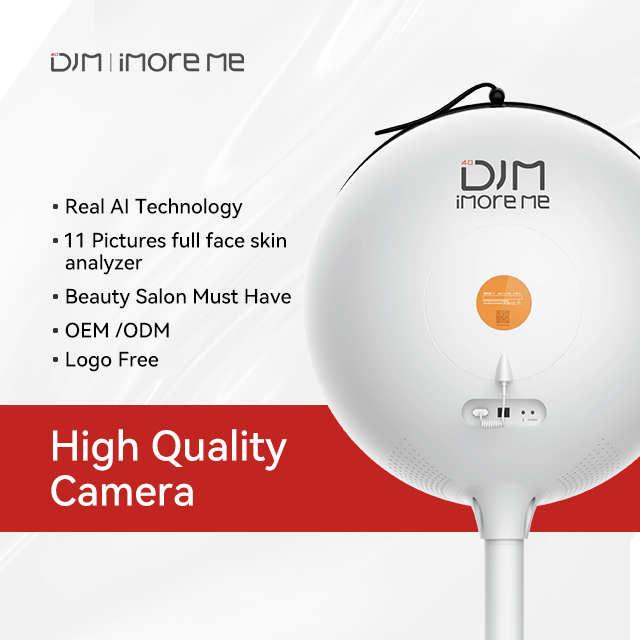
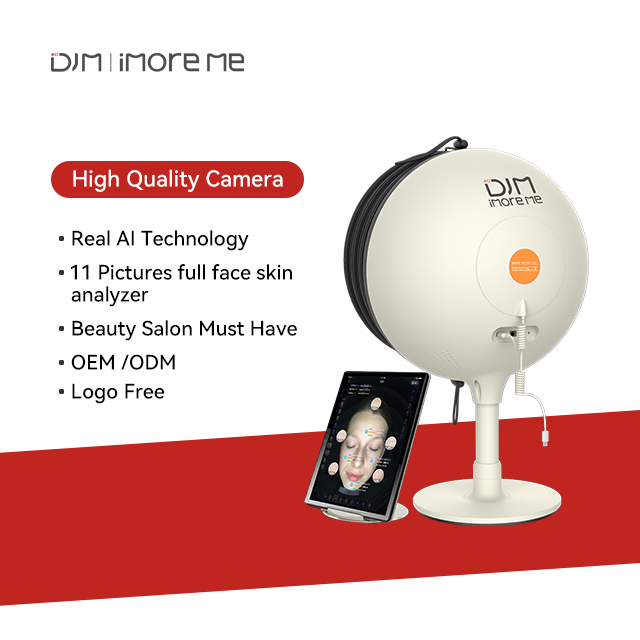
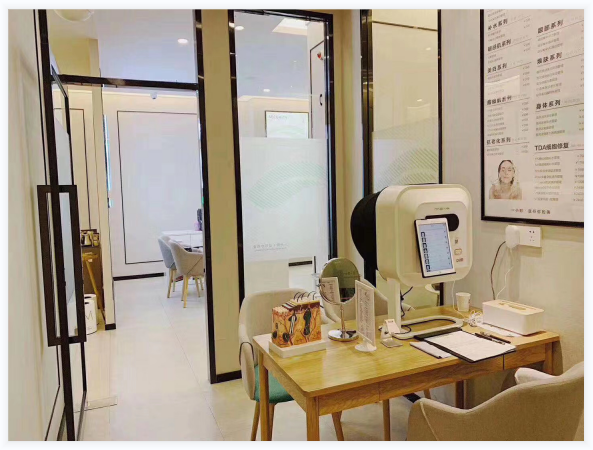
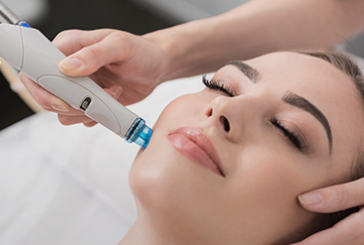
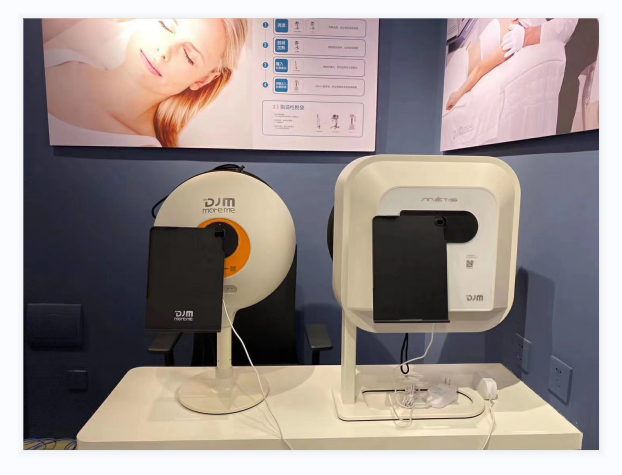
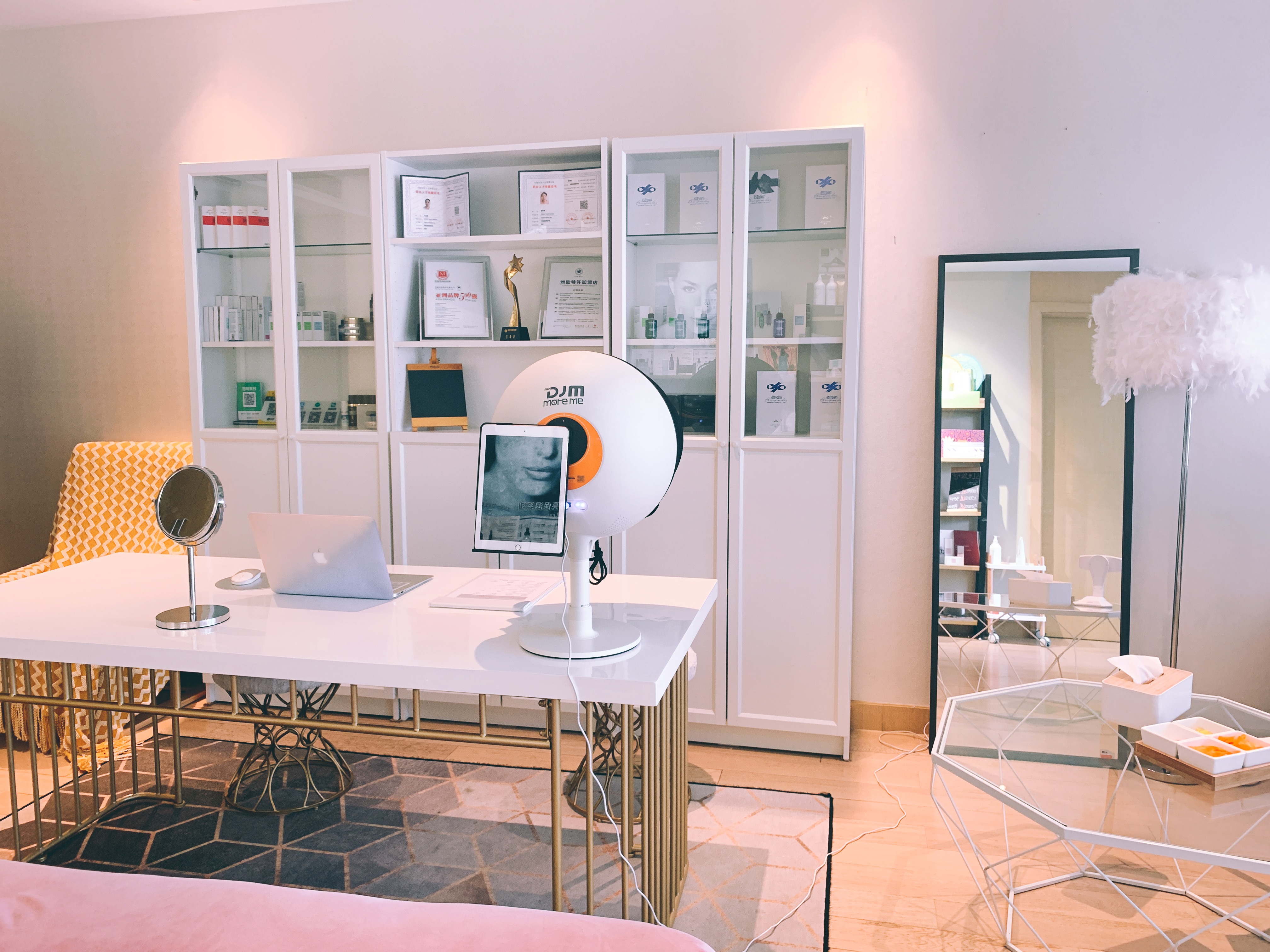
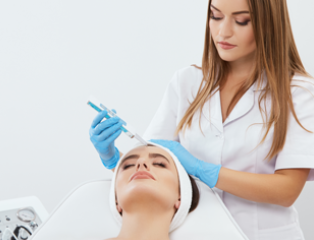



 Reach out to us today!Whether you are preparing to start your own
business in the beauty industry, are ready to upgrade your
equipment, or are just interested in our products,Contact us
today, and let’s explore how we can partner to achieve your goals
and drive your success to new heights!
Reach out to us today!Whether you are preparing to start your own
business in the beauty industry, are ready to upgrade your
equipment, or are just interested in our products,Contact us
today, and let’s explore how we can partner to achieve your goals
and drive your success to new heights!
